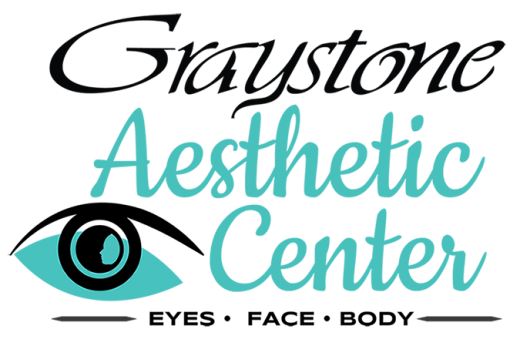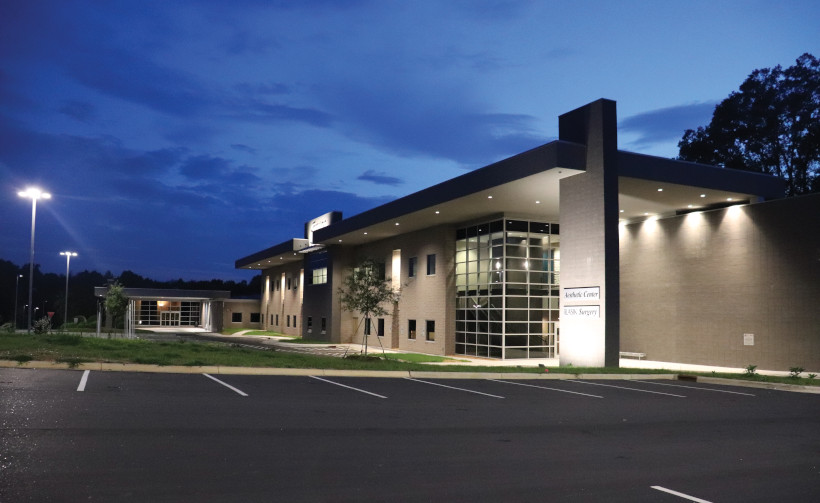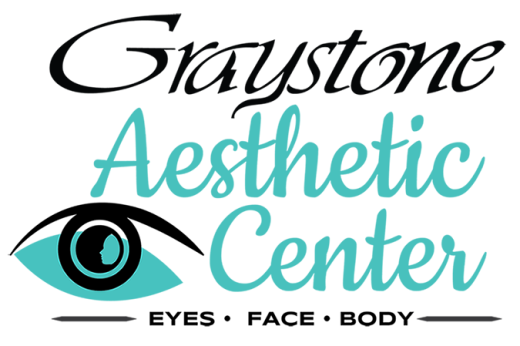Wake Up Confident. Wake Up Beautiful.
Imagine waking up every morning with perfectly defined eyes, lips, and brows — no smudging, no reapplying, no effort. At Graystone Aesthetics, our Permanent Makeup treatments provide a natural, lasting enhancement that helps you look effortlessly polished at every moment of your day.
Performed in a professional, medical-grade environment, permanent makeup (also known as micropigmentation) allows you to achieve the look of expertly applied cosmetics with precision, safety, and artistry — all under the supervision of Dr. Roderick N. Hargrove and his skilled aesthetic team.

The Graystone Aesthetics Difference
While many spas offer cosmetic tattooing, Graystone Aesthetics provides permanent makeup within a medically supervised aesthetic environment, ensuring the highest standards of precision, safety, and hygiene.
Each treatment is performed using protective eyeshields and sterile, single-use tools to safeguard your comfort and vision — a reflection of our deep commitment to patient care and attention to detail.
Our aesthetic specialists work closely with you to select the right pigment tones, shapes, and application style to enhance your natural beauty while maintaining a soft, sophisticated finish.
What Is Permanent Makeup?
Permanent makeup is an aesthetic tattooing technique that deposits pigment beneath the skin’s surface to mimic the look of makeup. Using ultra-fine needles and custom-blended pigments, our specialists create soft, natural results that enhance your existing features without harsh lines or artificial tones.
Permanent makeup can be used for:
- Eyebrows – Create fuller, more defined brows with soft shading or micro-hair strokes.
- Eyeliner – Add precise definition to the upper or lower lash line for a naturally brightened eye.
- Lips – Restore color, symmetry, and youthful volume to lip borders or full lip tone.
- Scar Camouflage – Minimize the visibility of scars or uneven pigmentation.
- Beauty Marks – Add subtle, classic detail for an individualized look.






